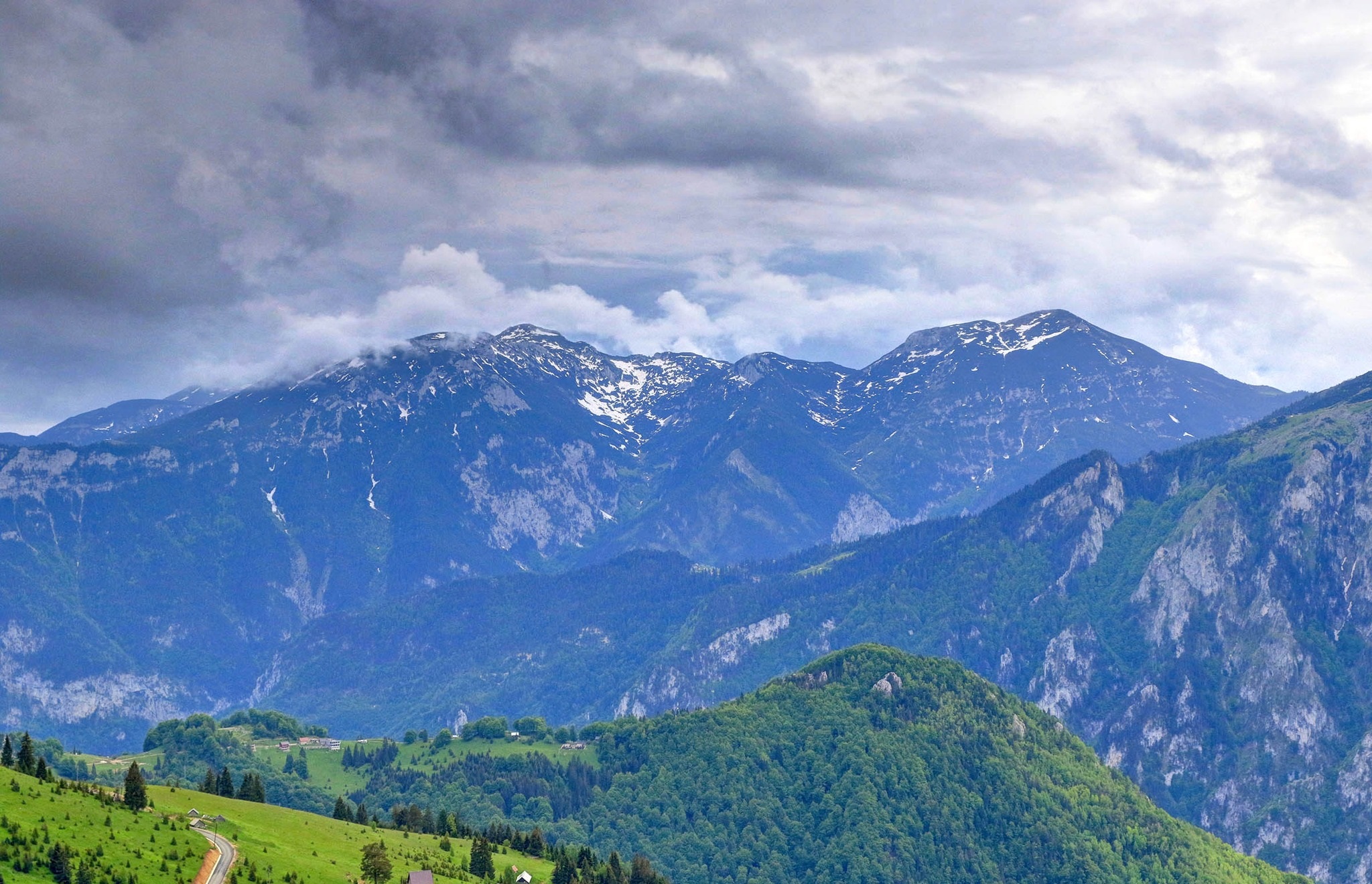For everyone who is looking for a Hiking Adventure, Albanian Alps is probably one of the best destinations. A pile of mountains situated in the border with Montenegro and Kosovo, where you can find some of the best Hiking Trails in Europe. Via Dinarica or Peaks of the Balkans are 2 of the most famous, spectacular with their pristine nature and scening views. For shorter trips, you can hike from Valbona to Theth, a local path used in centuries from locals and trade caravans.
In the eastern part, the stately mountain of Korab is the perfect place for a hike. The Korabi summit is the rooftop of Albania as the highest peak among the Albanian Alps.
The origin of the name “Accursed Mountains” is disputed. According to one local legend, the devil escaped from hell and created the jagged glacial karsts in a single day of mischief. Others say a woman cursed the mountains while she and her children trekked through them on a scorching-hot day and could not find any water. A third legend claims Slavic soldiers gave the mountains their name as they struggled to march through them.
But from another theory. According to author Ilaz Rexha, “During the Middle Ages, in the plains of medieval Arberia, pre-Slavic toponymy was slavized, as can be seen from medieval scientific documents and written sources: from Alpes Albanicae to Prokletije Planina.
Both the Albanian (Bjeshkët e Nëmuna) and Serbo-Croatian (Prokletije) names mean “cursed (mountains)”.
The Accursed Mountains are ethnographically and sociologically diverse with many tribes living in the region as sheep herders. Names of various Albanian tribes (Hoti, Gruda, Kelmendi, Kastrati, Dukagjini, Shkreli, Shala, Nikaj, Krasniqi, Gashi, Kuci and Rugova) refer to their geographical locations within the range.
The development of glaciers was favored by abundant rainfall. Currently, the Albanian Alps are certainly one of the rainiest regions in Europe, there are no exact meteorological data, but it is worth mentioning that less than one and a half meters of rain per year, on average, falls in Shkodër, and at some distance from the foot of the mountains have fallen 2,500 mm in Shkrel.



Comment (0)